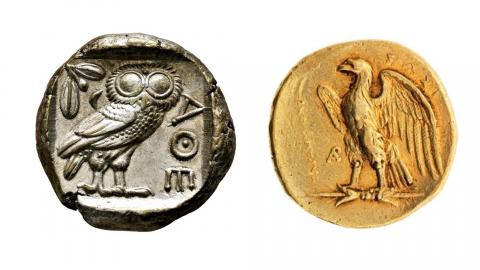20 V (4.45 Warsaw time) Davide Amendola (Trinity College Dublin), The Eagle and the Owl: Athenian Legacies in Early Ptolemaic Alexandria

Abstract
In the past few years the reception of the Athenian model throughout the Hellenistic world has become a central strand in Classical scholarship. In recent research the assumption that Alexandria’s πολιτικὸν ϲύϲτημα was closely modelled upon that of Athens has been gaining traction, and parallels in the system of civic laws and regulations of both cities have been hinted at by several scholars. The present paper focuses on two early Ptolemaic papyri that possibly shed light on the initial shaping of Alexandria’s institutions: P.Hibeh I 28 (TM 65668) depicts the tribal organization of an unnamed polis as structured around three different sets of criss-crossing civic subdivisions forming a pyramidal system, while P.Hibeh II 196 (TM 5788) mentions an official called γυναικονόμοϲ in connection with the registration of young men into the citizen body. In an attempt to clarify whether the two papyri are documentary or literary, I argue that both of them could be connected to the exile of Demetrius of Phalerum, who, after the liberation of Athens from Cassander in 307 BCE, managed to flee to Egypt to take shelter at the court of Ptolemy I.
